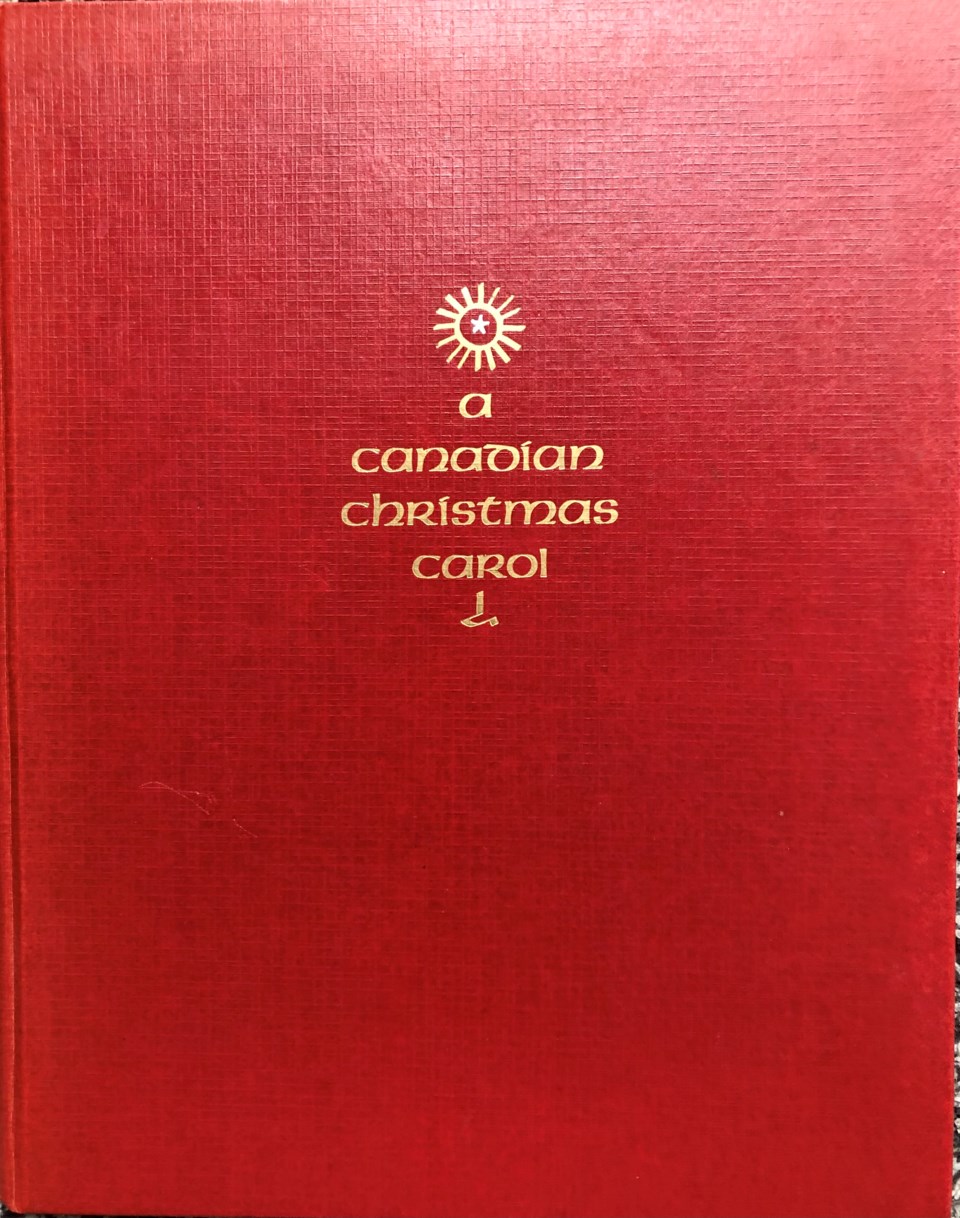‘Twas in the moon of winter time when all the birds had fled,
That Mighty Gitchi Manitou sent angel choirs instead.
Those words, we sang as kids to a haunting melody.
I’m not sure if we knew it as the Huron Carol or Jesous Ahatonhia. But certainly we had no knowledge of its context in a place hundreds of miles away.
The hymn, approaching its 500th anniversary, was believed to have been composed near the shores of Georgian Bay by a Jesuit priest living in a remote French Jesuit mission called Sainte-Marie with other priests where they worked to spread Catholicism and share their beliefs with the local Huron Wendat people.
The song was a favourite for us because it was vastly different from the other tunes we were taught to sing and, even without musical accompaniment, somehow struck a chord that other Christmas songs and carols failed to do.
Before their light the stars grew dim,
And wandering hunters hear the hymn;
“Jesus, your King, is born; Jesus is born; in excelsis gloria!”
Years later — living not far from the modern Midland area at the mouth of the Wye River where it is said Jean de Brébeuf penned the holiday message, circa 1641, in the Huron language to spread the word of his deep religious beliefs — I was given an understated hardcover publication commemorating this piece of history.
The little book, illustrated by Stanley F. Turner, indicates the original words were interpreted, not translated, by journalist Jesse Edgar Middleton in 1926.
It has that distinct scent, like a book you would pull off your grandmother’s shelf that hasn’t been cracked open in years, or decades.
Its printer’s stamp at the back suggests it dates back to 1966, and the message in the inside front page indicates it marked “Canada’s Centenary of Confederation 1967” and the next page includes a forward by then “Prime Minister of Ontario,” John P. Robarts.
It tells of the significance of “Canada’s Christmas carol” as an interpretation of the Nativity story for the Hurons left in a manuscript in Quebec.
Sainte-Marie itself — a walled community long described as the country’s first European settlement complete with a canal system, hospital, chapel and living and working areas — was abandoned during an Iroquois attack. It was burned down and Brébeuf and other priests perished.
The site was re-created with the development of the historical tourist attraction, Saint-Marie among the Hurons, where the tragic story of the Jesuits’ decade-long sojourn and their interactions with the local Indigenous people who had historically inhabited the area is animated.
Underneath the music and English lyrics for Jesous Ahatonhia, the book likens the tune to God Rest Ye Merry Gentlemen and cites the belief that it was sung in French to the carol, Une Jeune Pucelle.
According to the Canadian Encyclopedia, it was translated from the original Huron into French by Paul Picard, an Indian notary at Quebec City and then published in Ernest Myrand's Noëls anciens de la Nouvelle-France in 1907. Middleton’s English version, it adds, was adapted for voice and piano by Healey Willanas part of the pageant Brébeuf and later expanded for choir.
It lists other versions, arrangements and adaptations, largely in the 20th century.
The book tells this story, which has been recounted in books and films, with emphasis on the site itself and the elements it contained, celebrating the newly recreated historic destination.
It’s a “plausible story” although without evidence, the Canadian Encyclopedia explains.
Yet it leaves behind this incredible carol, which endures, having long passed through the lips of school children across the country.



